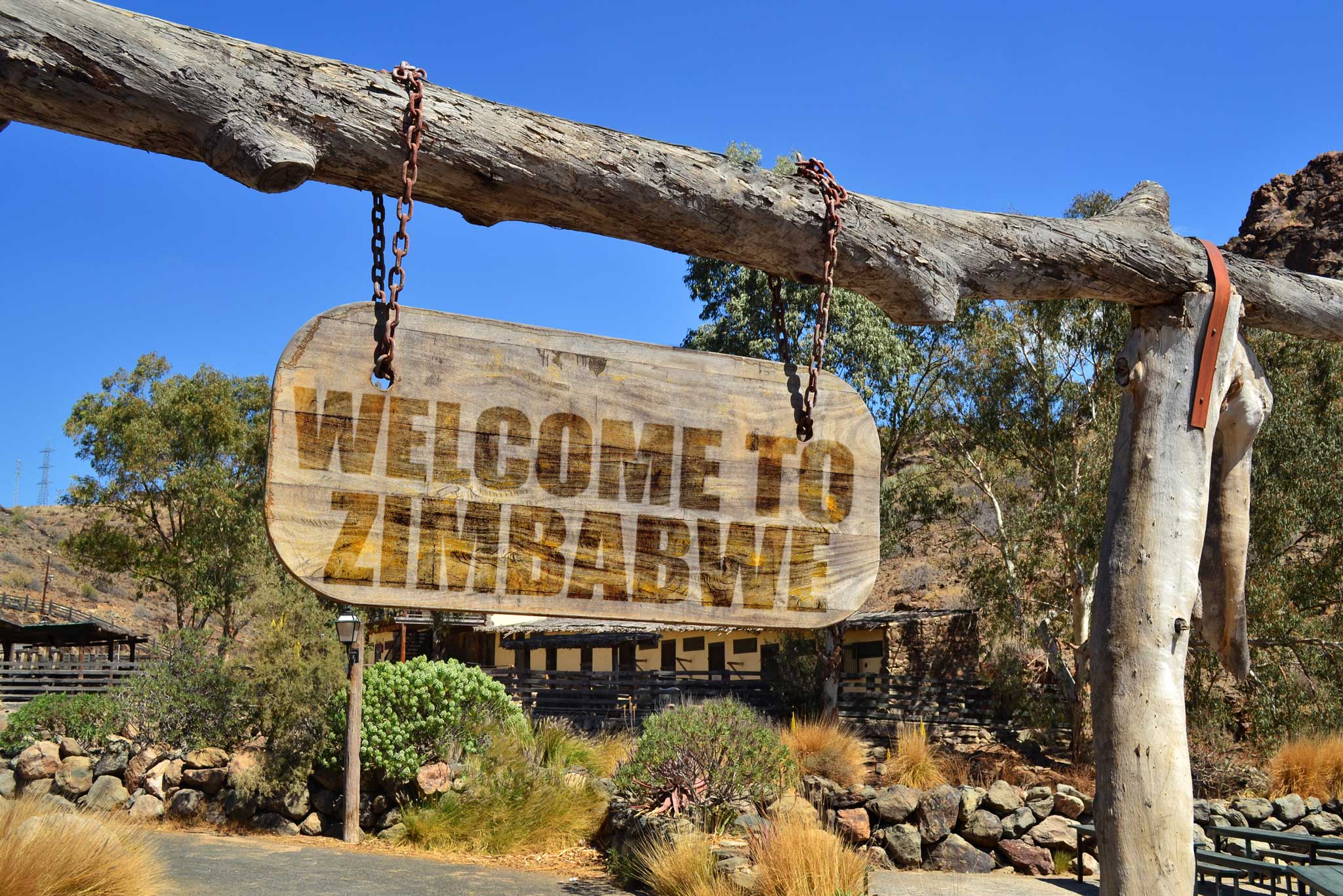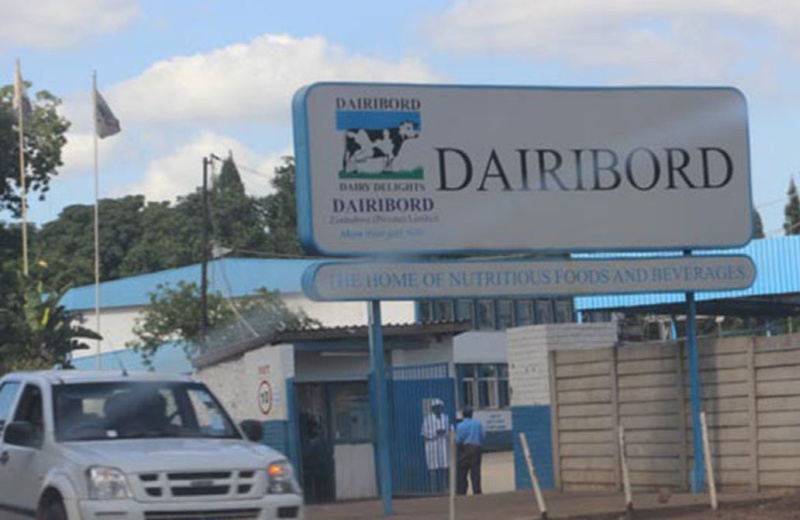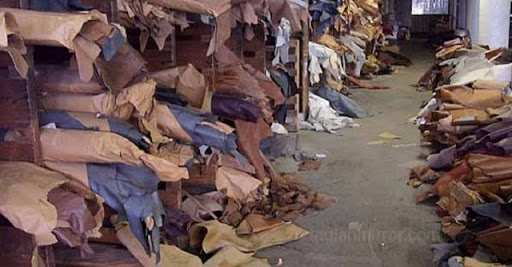AfDB bailout transforms Bulawayo Leather Cluster
THE Bulawayo Leather Cluster is spreading its wings into the regional market riding on increased capacity after getting a US$2 million boost under the Beef and Leather Value Chain Technical Assistance support availed by the African Development Bank (AfDB).
Under the project, which commenced in April 2017, small to medium enterprises (SMEs) under the Bulawayo Leather Cluster have been able to exhibit at trade exhibitions such as the Zambia International Trade Fair in 2019 and Windhoek Industrial and Agricultural Show (WIAS) in Namibia.
Briefing the AfDB senior executives who were in Bulawayo yesterday to assess a number of projects supported by the bank, Bulawayo Leather Cluster chairman Mr Fungai Zvinondiramba said they were looking forward to growing their export volumes into the region.
The visiting delegation comprised AfDB country manager Mrs Moono Mupotola, the executive director Dr Judith Kateera, ZimFund manager Mr Emmanuel Nzabanita, among other officials.
“We have managed to secure markets in the region in countries such as Namibia, Zambia and Angola and this has been made possible through the support that we have received from AfDB as well as the Government,” he said.
“SMEs under the leather cluster have been assisted to exhibit at trade fairs in Windhoek, Namibia as well as the Zambia International Trade Fair.
“We went to Zambia and from there we had companies such as Queens Leather and Millenium Footwear and up to now a lot of our SMEs are exporting into those countries leather products like shoes, belts and handbags,” said Mr Zvinondiramba.
He said in Namibia their members have managed to secure contacts with buyers from Angola with some of the SMEs now able to export individually up to 2 000 pairs of shoes per month to just a single customer.
“We are looking forward to seeing the export volumes improving,” Mr Zvinondiramba.
He said the cluster concept was a new initiative that companies in the SMEs category should embrace so that they enjoy the economies of scale when importing some of the critical components they use in their manufacturing processes.
Among the components being imported by SMEs in the leather sector are shoe soles from South Africa, shanks and glue due to subdued manufacturing capacity locally.
This, he said, was making locally produced shoes uncompetitive as the cost of importing is adding onto the production cost. In a separate interview, National Leather Working Group and leather value chain technical assistance project chairman, Mr Jacob Nyathi said they were supportive of the Government drive to capacitate universities through innovation hubs.
“What we have done is to influence our sector association to affiliate with the innovation hub at Nust (National University of Science and Technology).
“And on Thursday (today), we will be doing our first showcase where we will show products from here and some of created from clusters outside Bulawayo,” he said.
Mr Nyathi said their aim was to work with universities to locally produce some of the critical components required by players in the leather sector.
The AfDB team wound up its visit with a tour at Millenium Footwear, a company owned by Mr Stuart Simali who said the factory had a capacity to produce between 96 000 and 100 000 pairs of shoes per year but was operating at 25 percent capacity utilisation, producing between 25 000 and 30 000 pairs per year.
“We specialise in exotic footwear and are doing them under a licence because the animals are not poached,” said Mr Simali.
“We also do shoes from domestic livestock leather like cattle and produce for tourists, the middle income and VVIPs.”
Mr Simali said they received significant support from the Beef and Leather Value Chain, which has also facilitated their participation in regional trade shows. He said his firm has also facilitated participation at overseas expos in countries like China.
“We have also been able to attend trade shows overseas and regionally in Zambia and Namibia and the shows have been very successful in terms of generating orders,” he said.
“Currently, 90 percent of our products are for the local market and 10 percent for exports but obviously we need to up that 10 percent to at least 30 percent. We need to retool in order to be competitive.”
Dr Kateera said following their tour, the bank would come up with a detailed report on the state of the companies that have been funded by the regional financier.
“We want to see all the challenges they are facing. It’s not happening in Zimbabwe only but the entire continent because the whole global economy has been affected by Covid-19,” she said.
“Some countries were already suffering without Covid and the situation has been compounded by this.
“We want to make sure we keep these companies going and we don’t want too many companies to continue folding otherwise we have got massive unemployment and poverty.”
AfDB’s ongoing projects include the Bulawayo Water and Sewerage Services Improvement Project (BWSSIP), which the bank has supported to the tune of US$33 million, the US$2 million Beef and Leather Project as well as the ZimFund Emergency Power Infrastructure Rehabilitation Projects Phase II.—chronicle.llzw










